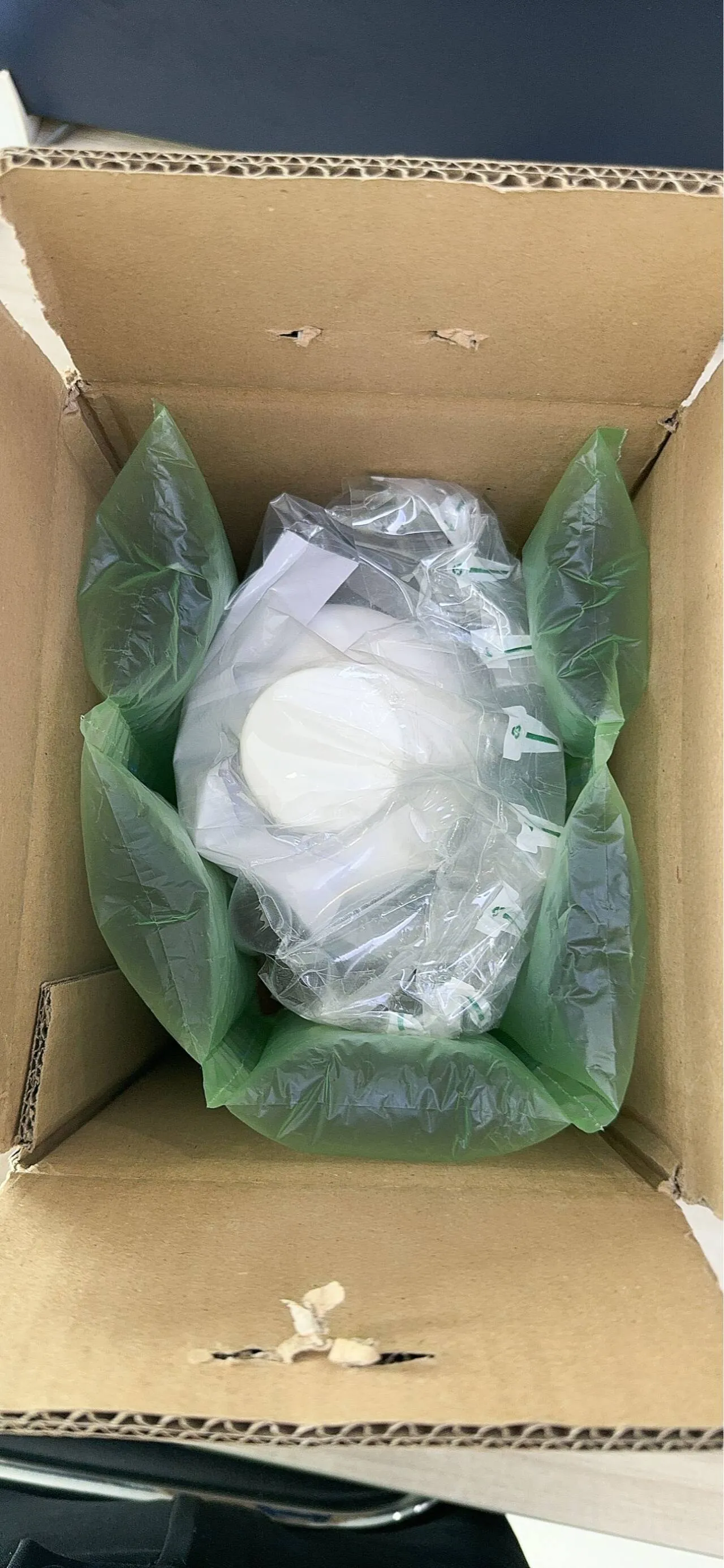1,3-Dimetilurea (DMU), a simple yet highly versatile organic compound, plays a vital role in modern organic synthesis. As a derivative of urea, 1,3-dimethylurea carries a unique structure that allows it to act as a building block for more complex molecules. Its widespread use in the synthesis of pharmaceuticals, agrochemicals, and specialized industrial materials makes it indispensable in both laboratory and industrial settings.

Structure and Reactivity of 1,3-Dimethylurea
1,3-Dimetilurea is a colorless, crystalline solid with the molecular formula C3H8N2O. It consists of a urea backbone where two methyl groups are attached to the nitrogen atoms in the 1 and 3 positions, respectively. This structural feature gives the compound distinct electronic properties, which enhance its reactivity in several types of reactions. The nitrogen atoms in the molecule, along with its ability to participate in hydrogen bonding, make 1,3-dimethylurea an excellent nucleophile. This nucleophilic property is one of the key reasons why 1,3-dimethylurea is highly effective in organic synthesis.
Role of 1,3-Dimethylurea in Heterocyclic Synthesis
One of the most important applications of 1,3-dimethylurea is its role in the synthesis of nitrogen-containing heterocycles, which are crucial components in many biologically active compounds. Its ability to undergo various reactions with carbonyl compounds or electrophiles makes it ideal for the synthesis of imidazoles, pyrazoles, and other five- and six-membered nitrogen-containing rings. These heterocycles are core structures found in numerous pharmaceutical agents and agrochemicals, including antibiotics, antifungals, and anticancer drugs.
In addition to serving as a starting material in heterocyclic synthesis, 1,3-dimethylurea is also involved in processes such as nucleophilic substitution and condensation reactions, further expanding its role in creating diverse chemical scaffolds for medicinal chemistry.
1,3-Dimetilurea is an essential reagent in organic synthesis, offering unmatched versatility in the creation of a broad range of compounds. From its key role in the synthesis of nitrogen-containing heterocycles to its importance in the agrochemical and material science industries, 1,3-dimethylurea is a cornerstone in modern chemical manufacturing. Its applications in drug synthesis and resin production further demonstrate its significance in a variety of fields. As researchers continue to explore its full potential, 1,3-dimethylurea will likely remain an indispensable tool in advancing chemistry, agriculture, and medicine, driving innovation and offering solutions to meet modern industrial challenges.
In summary, 1,3-dimethylurea not only facilitates the creation of complex molecules but also supports advancements in sustainable agriculture, material science, and pharmaceutical development. Its continued use and further research into its capabilities will undoubtedly lead to even more breakthroughs in organic synthesis.

